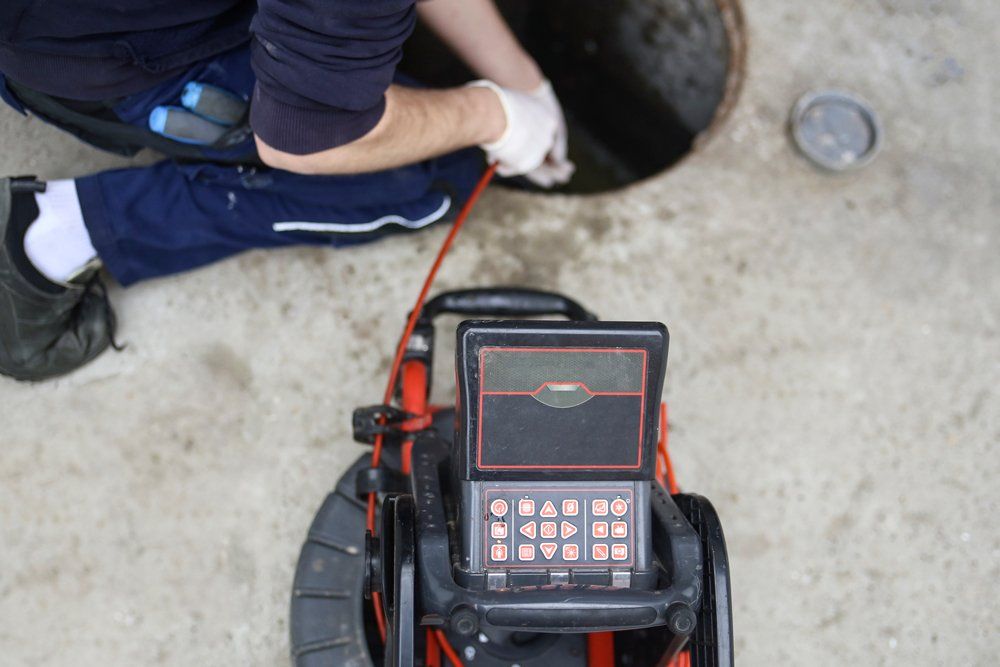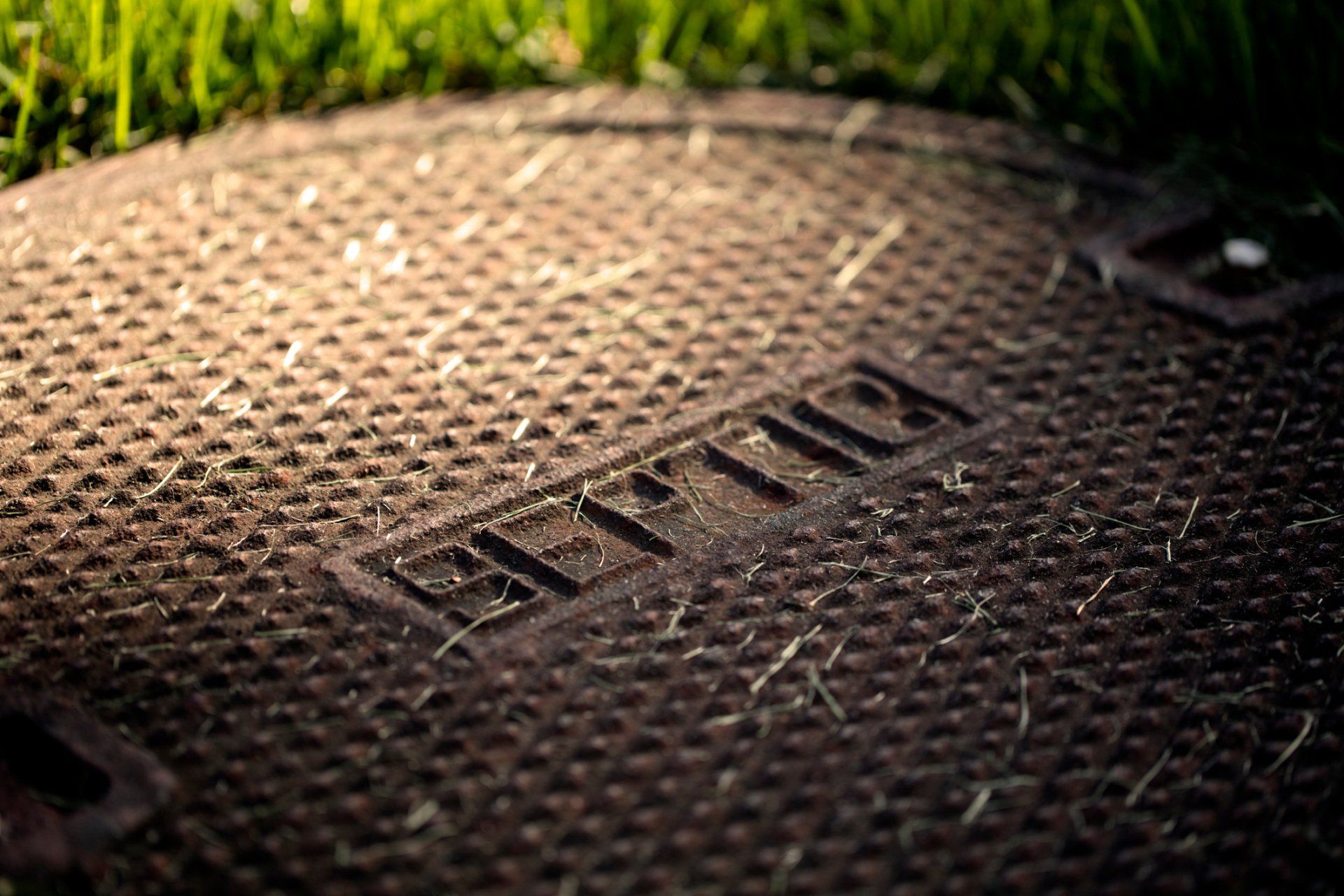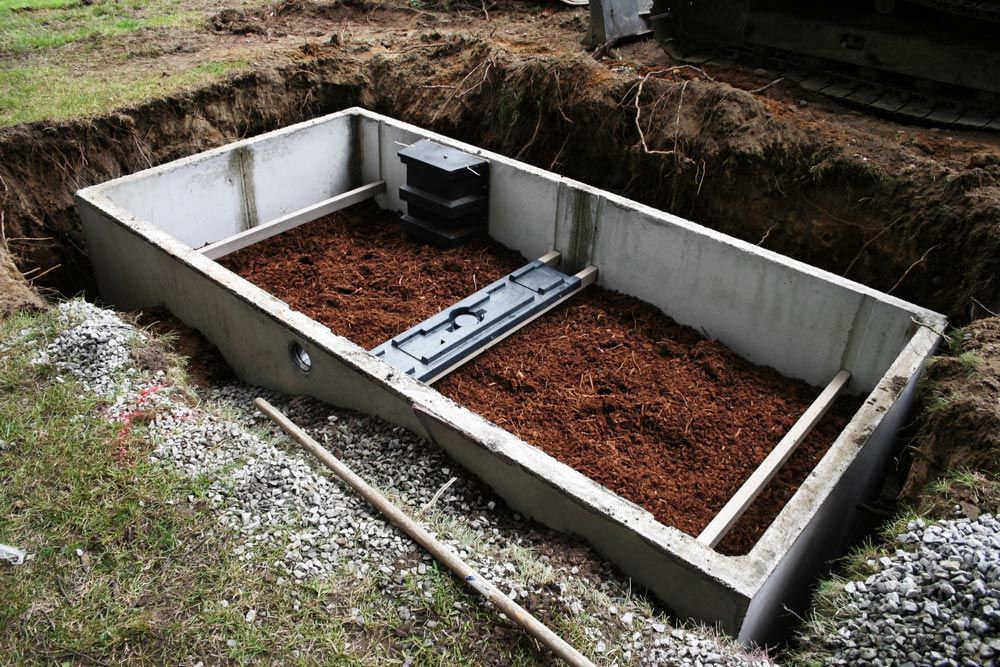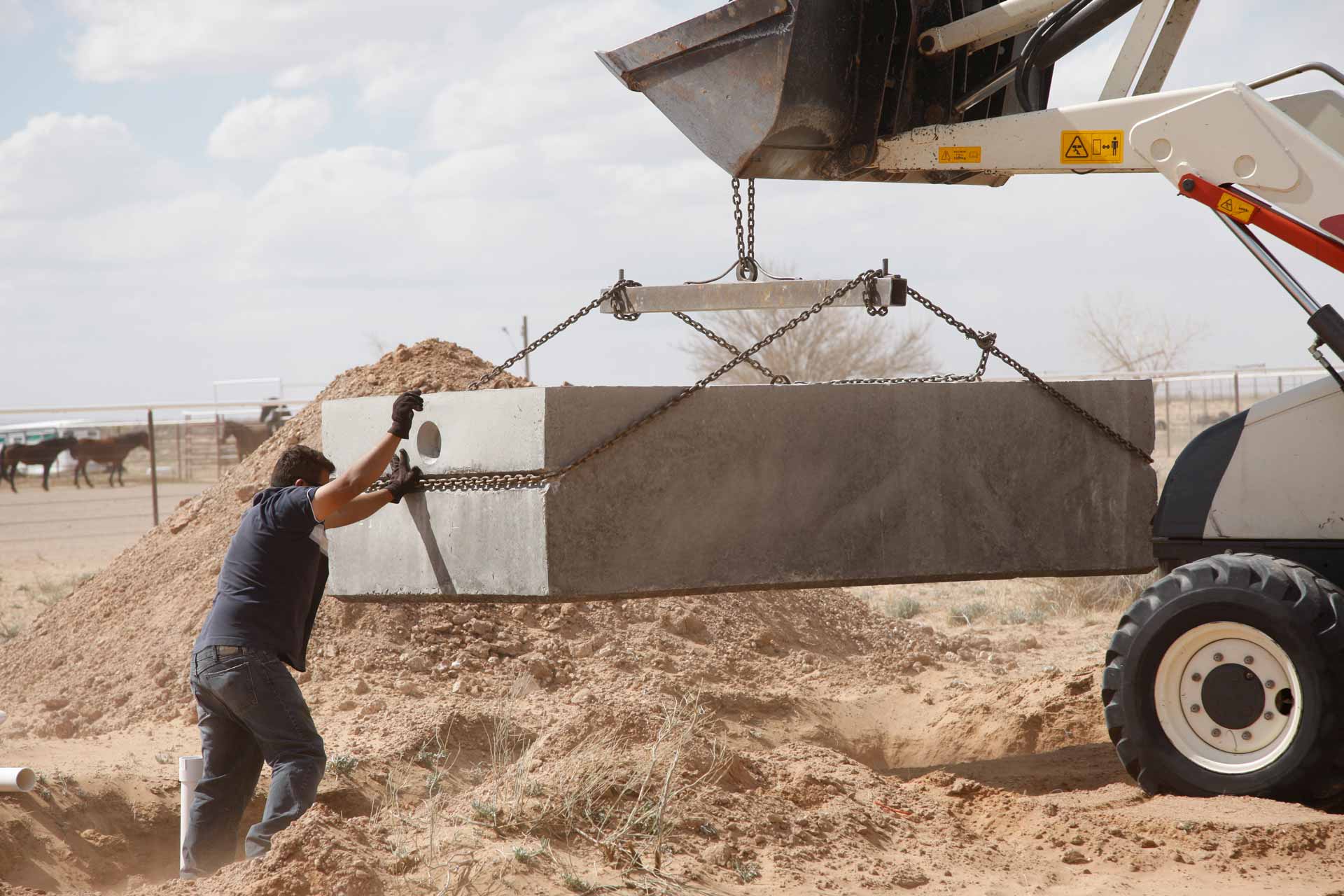4 SIGNS YOUR SEPTIC SYSTEM IS SUSCEPTIBLE TO ROOT DAMAGE
Admin • July 16, 2018
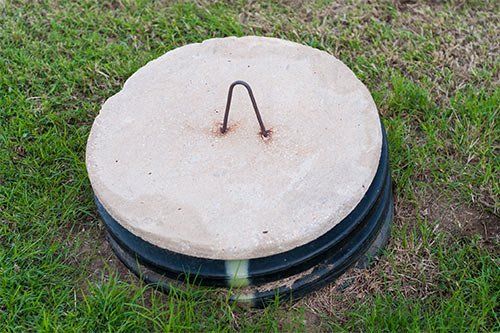
Your septic system can provide effective wastewater treatment services for decades at a time, but it can also become a cause for concern when it falls victim to clogs or other problems. Tree roots are a common cause of septic line clogs and backups, so you'll need to educate yourself on how to prevent these incursions.
Here are four factors that can affect how susceptible your system is to root incursion.
1. PROXIMITY OF AGGRESSIVE ROOT SYSTEMS
One of the easiest prevention strategies for root damage is to simply keep all aggressive root systems far away from your septic system. It's not as simple as it sounds, though. You have to know exactly where all parts of your septic system are, and if you have a small property, keeping trees a safe distance away could leave you with nowhere to plant trees on the entire property.
The types of trees in question can also play a part. So if you have one spot on your property that's barely far enough from the septic system, be sure to plant a tree that's small and drought-tolerant. Avoid water-loving trees such as willows and those with especially aggressive roots such as elm trees.
In addition, trees aren't the only threat; bushes can also develop large, aggressive root systems, so you'll need to look up the specifics on any bush you want to plant before placing it near your septic system.
2. LEAKS OR FRAGILE PIPES
Any parts of the system that are leaking water are like a beacon to thirsty roots. The roots will try to sniff out the leak and can then send a tiny point in through even the smallest of leaks. Fragile pipes such as clay sewer drains (the main drain that leads from a house to the sewer or septic connection) are also prime targets since a root can grow right through the brittle clay.
3. SHALLOW DEPTH OF SYSTEM
The more deeply buried your septic system is, the deeper tree and bush roots will have to go in order to damage it. This means that with a fairly deep system, you may not have to worry about bushes much at all. However, if your topsoil is shallow and your system is just a few inches below the surface, you may have to stick with just grass for the entire surrounding area.
4. LACK OF ROOT BARRIER
If you're especially concerned about root incursions (whether that's because you've had the problem before or because your neighbor's trees are uncomfortably close to your septic site), you can install root barriers. This can be done either at the time of installation or later on.
However, it requires digging and can be a very expensive process. In addition, a root barrier only provides a certain amount of protection. It's not a 100-percent guarantee. To improve the success rate, some root barriers have both a physical component and chemical component that kills any tree roots it comes into contact with. This provides a twofold protection mechanism.
These factors can all influence your septic system's risks of incurring damage from questing root systems. As you can see, there are several steps you can take now (such as removing trees and installing tree root barriers) to prevent tree root damage to your septic tank if you don't have a problem with tree root damage already.
Whether you'd like help diagnosing a problem that you suspect could be due to root incursion or whether you need a simple septic tank cleaning, feel free to give Pete's Outflow Techniciansa call today. We're standing ready to help with septic and sewer maintenance and inspections throughout the Santa Cruz area.
If the septic system doesn't function properly, it could start to generate bad smells. Learn about common reasons why septic systems produce bad smells.
The roots of trees can penetrate your septic system and impede system performance. Learn a few steps to prevent tree and shrub roots from invading your tank.
Whether constructing a new home or replacing an old septic system, homeowners must decide on the type to install. See a few types of septic tanks.
Pumping your septic tank should be part of your home maintenance routine. How often you should pump your tank? Discover a few factors that determine that.
All septic system parts eventually fail. Read on to learn about some factors that determine how long your septic drain field will last.
Landlords should proactively maintain their septic tanks for health, safety, and compliance reasons. Discover essential maintenance tips.

